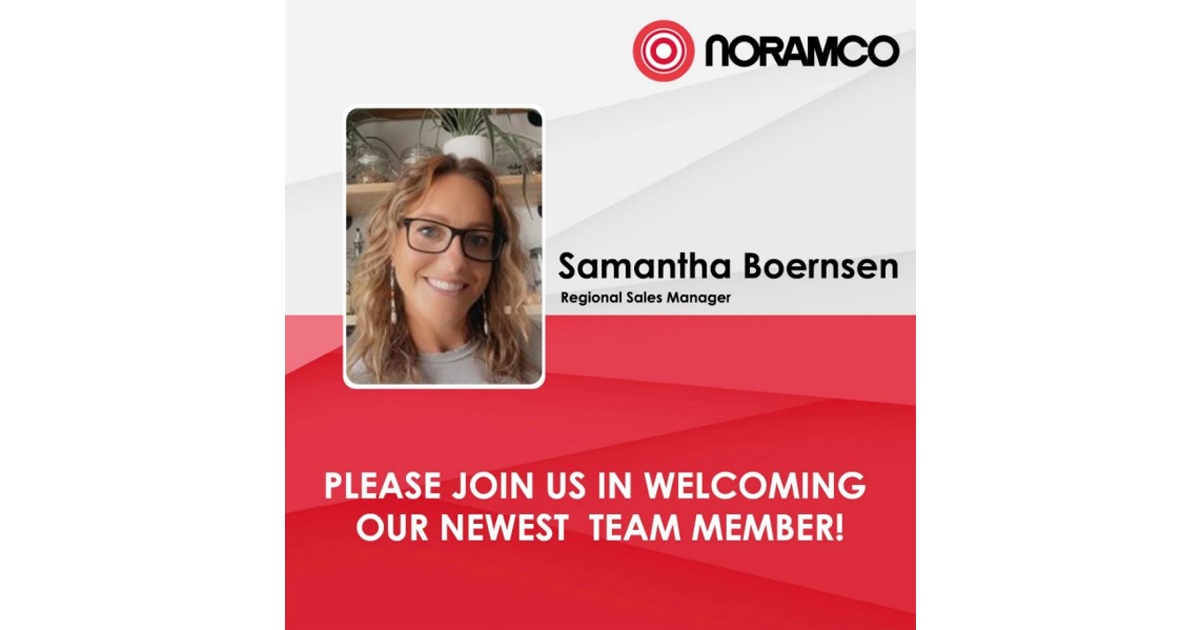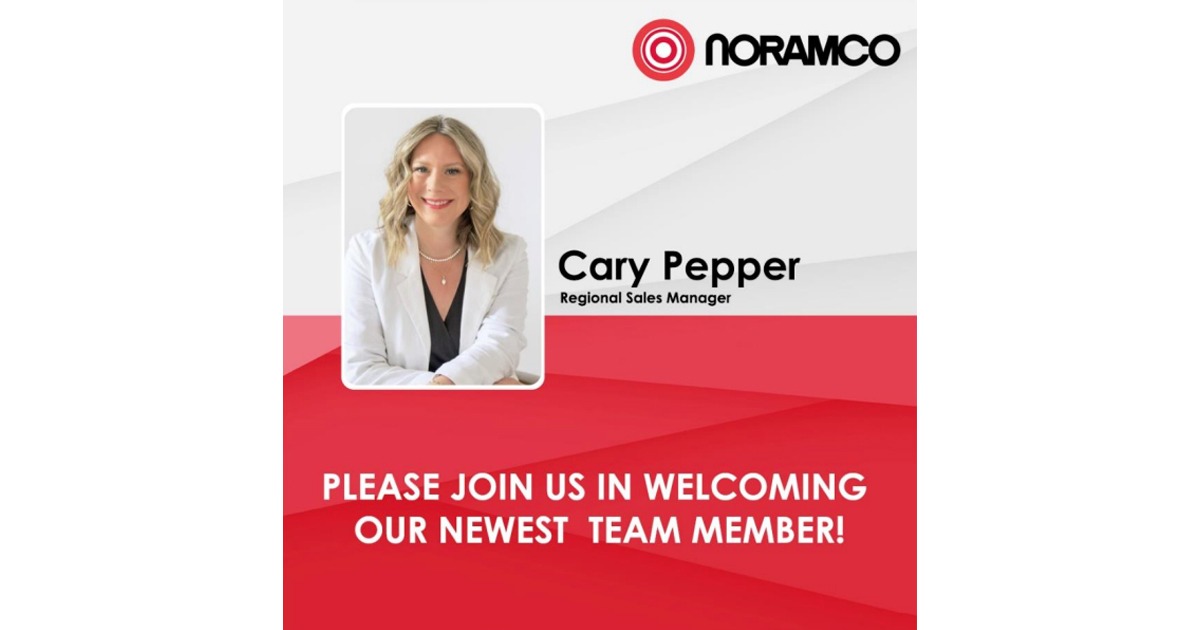How Your Retention Strategy Can Help You Keep Your Best Talent

Jan 14, 2022
By Michelle Branigan
As 2022 kicks off some things look very much like 2021: COVID-19 is still with us, and many companies continue to face hiring challenges. While some industries have been hit hard by the pandemic—hospitality and aviation come to mind—December saw Statistics Canada report that the national unemployment rate had dropped to 6%, approaching pre-pandemic levels.
While the phenomenon of “The Great Resignation” is being seen in the USA it is not yet playing out the same way in Canada. However, many electricity sector employers are grappling with increased turnover and a demographic time bomb, with increasing numbers of baby boomers deciding to retire even earlier than planned—often (anecdotally at least) due to the pandemic. Similarly, many younger employees have different expectations as to what they want from a career in a post-COVID world and the type of company they want to work for.
Losing top talent in such a competitive labour market is costly and time consuming when you factor in the cost of recruitment, interviewing and on-boarding. And those who leave may also “check out” long before they give in their notice, leading to missed deadlines, loss of productivity and reduced morale.
This makes it even more important to retain the employees you have.
Here are a few ideas to get you started:
1. Hire for potential rather than experience
In the context of a changing labour market and changing skills needs on the job, consider placing higher value on a candidate’s adaptability and ability to learn new things than on their years of experience. Of course, for specific technical roles, experience matters quite a bit. But in some cases, experience may be less critical than we think. After all, many roles and responsibilities change over time. Hiring for someone with solid skills and a desire to learn acknowledges the reality that skills are continuously learned in many jobs and that years of experience does not always ensure a successful fit.
2. Professional Development
Offering training and development opportunities is a great strategy to keep engagement high, but make sure it’s relevant to employee goals. Ask employees what they think would benefit them in their role, or further support their career aspirations. Challenge workers by giving them more interesting work. Continuous learning and managing talent appropriately should be one of the key tactical initiatives discussed by your HR team and line managers. Create opportunities for your employees to continuously develop their skills, be that through in-house training or financial support for external education. Show your employees that you are interested in developing a career path plan with them.
3. Incentives and Compensation:
Not everything is about salary, but if you’re not at least in the ballpark with the industry average it could be a reason for losing someone to the competition. Ensure you are competitive and highlight non-monetary benefits to address competition from other industries (e.g. do you provide opportunities for career development, flexible hours or the opportunity to be mentored?). And in the current environment what are you doing to support your employees mentally as well as physically? Does your benefit plan actually benefit your employees, or only a portion of them? It may be time to take a look at how flexible and useful those plans are.
4. Catch People Doing Things Right
This one shouldn’t be a surprise to anyone who manages people. Constructive feedback is critical, especially to address mistakes and ensure they are not repeated. However it’s equally important to give positive feedback when your employees are doing good work. And – don’t be afraid to do this in front of the rest of their team. Over time this ideally will lead to team members also praising or thanking their colleagues when appropriate and help build team morale and cohesion. In the words of Bing Crosby “You’ve got to accentuate the positive!”
5. Organizational Culture:
Do your employees feel part of your organization? Do they have a sense that what they do matters, and understand how their work relates to the company vision? Adopt progressive human resources practices to stay on top of what is motivating employees (‘Stay’ interviews) and develop tailored retention plans based on workforce demographics. Management that is sensitive and creates a welcoming and respectful workplace as demonstrated through appropriate compensation, a good work-life balance, and appreciation for excellent performance will contribute to a culture where employees feel appreciated and proud to represent the company.
In summary:
To keep good employees, you must meet their needs and expectations, and understand what keeps them inspired. Senior managers must understand the dynamics of their current employee base, the drivers of turnover, and the best ways to communicate with their employees. Remember the things that initially draw people to a company (pay and benefits) are not the same thing that keeps them there – work-life balance, career development, performance management, company culture – all become part of the equation when an employee starts thinking, “should I stay or should I go?”
And, in some instances employees will leave, no matter what you do. And in that case it’s better to have them gone than stay and be disengaged. Do conduct an exit interview to gauge why they left, and use that data to reflect on any issues that may need to be addressed.
Michelle Branigan is Chief Executive Officer of EHRC.











